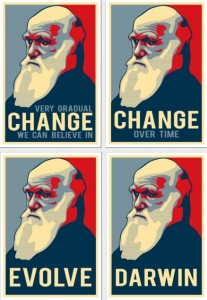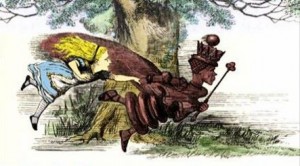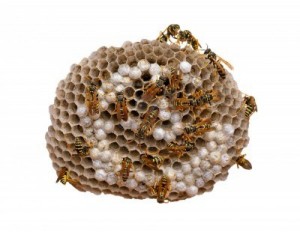 The “just so” story is a pejorative for cultural or physical traits that drive an evolutionary explanation. Things are “just so” when the explanation is unfalsifiable and theoretically fitted to current observations. Less controversial and pejorative is the essential character of evolutionary process where there is no doubt that genetic alternatives will mostly fail. The ones that survive this crucible are disruptive to the status quo, sure, but these disruptions tend to be geographically or sexually isolated from the main population anyway, so they are more an expansion than a disruption; little competition is tooth-and-claw, mostly species survive versus the environment, not one another.
The “just so” story is a pejorative for cultural or physical traits that drive an evolutionary explanation. Things are “just so” when the explanation is unfalsifiable and theoretically fitted to current observations. Less controversial and pejorative is the essential character of evolutionary process where there is no doubt that genetic alternatives will mostly fail. The ones that survive this crucible are disruptive to the status quo, sure, but these disruptions tend to be geographically or sexually isolated from the main population anyway, so they are more an expansion than a disruption; little competition is tooth-and-claw, mostly species survive versus the environment, not one another.
Jill Lapore of Harvard subjects business theory to a similar crucible in the New Yorker, questioning Clayton Christensen’s classic argument in The Innovator’s Dilemma that businesses are unwilling to adapt to changing markets because they are making rational business decisions to maximize profits. After analyzing core business cases from Christensen’s books, Lapore concludes that the argument holds little water and that its predictions are both poor and inapplicable to other areas like journalism and college education.
Central to her critique is her analysis of the “just so” nature of disruptive innovation:
… Read the restChristensen has compared the theory of disruptive innovation to a theory of nature: the theory of evolution. But among the many differences between disruption and evolution is that the advocates of disruption have an affinity for circular arguments. If an established company doesn’t disrupt, it will fail, and if it fails it must be because it didn’t disrupt. When a startup fails, that’s a success, since epidemic failure is a hallmark of disruptive innovation. (“Stop being afraid of failure and start embracing it,” the organizers of FailCon, an annual conference, implore, suggesting that, in the era of disruption, innovators face unprecedented challenges.






